Do you know how to tell chanterelle and false chanterelle apart? It is quite easy if you compare them side by side, but it’s important to identify them also when you are foraging mushrooms and encounter only one kind of chanterelles. Have you ever been foraging yellow mushrooms and suddenly had doubt which ones you found? Or are you a newbie and not familiar with neither of them? Here’s a quick introduction to how to identify chanterelle and false chanterelle from one another.
Chanterelles (Cantharellus cibarius)
Chanterelle, kanttarelli or keltavahvero in Finnish, is a well-known delicacy growing in Finnish forests. There are actually several varieties of chanterelles, but the most common one in Finland is Cantharellus cibarius, golden chanterelle. They are funnel-shaped yellow mushrooms with forked folds underneath the smooth cap. Young specimens can have round caps and therefore greatly resemble false chanterelles. It is worth noticing that the sturdy stem is exactly the same color as the cap.
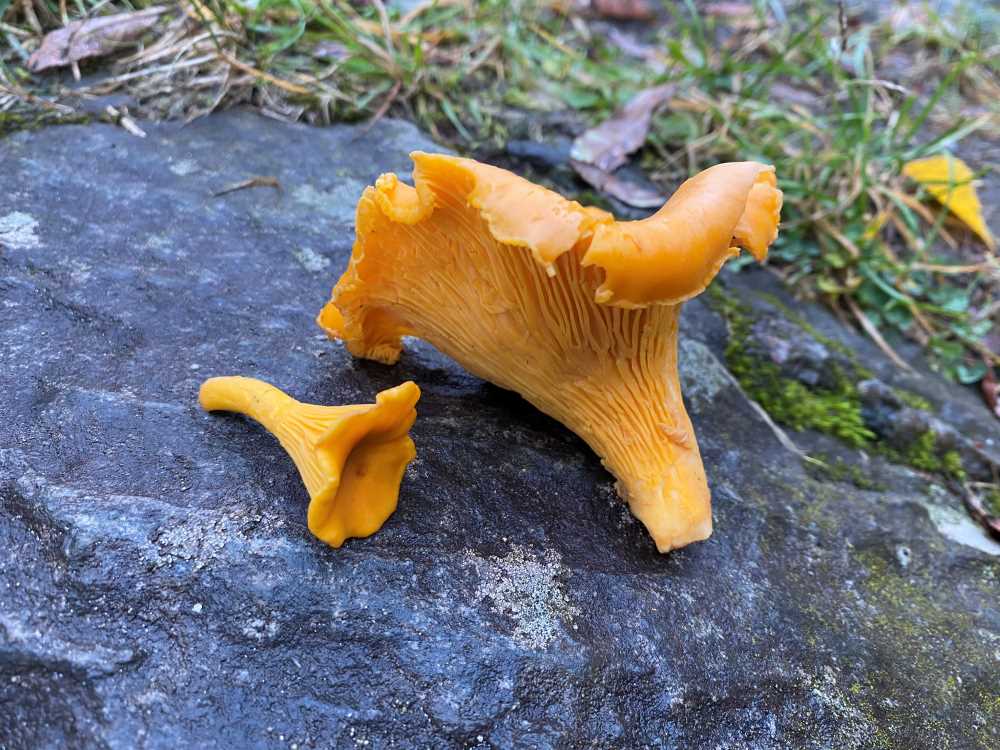
Chanterelles can be found in mossy coniferous forests and birch forests. In my experience they prefer sunlight rather than dense forests. They also grow in same spots year after year. When I find a good location for chanterelles, I take a mental note of that location or might even save it on my map application for the next year. Chanterelles are so popular in Finland that I know several people who forage only chanterelles and nothing else, and they always go to the same locations to forage them. It is almost like an autumn tradition, going to same locations to pick mushrooms and freezing them for winter.
Chantarelle season begins in July and continues until frost. Chantarelles are excellent after blanched in a pan to remove excess water, and accompanied with some butter and onion. They are often used in pies, creamy soups, and sauces. Many Finns love them in pizza. If you cannot use them all when they are fresh, they can be stored frozen. It is recommended to blanch the mushrooms before freezing, but without any form of oil or butter. My mom also likes to store chanterelles in vinegar. Drying is not that common method of storing them as it makes them chewy.
False chanterelles (Hygrophoropsis aurantiaca)
The false chanterelle, valevahvero in Finnish, has a golden-orange cap, gills underneath the caps, and a darker orange stipe. It’s a decomposer and can often be found growing among wood chips or on stumps. I think it’s very common in similar forests to the real deal, but it is even easier to find when the weather has been dry. It is plentiful this year when other mushrooms are scarce after very dry August and September.
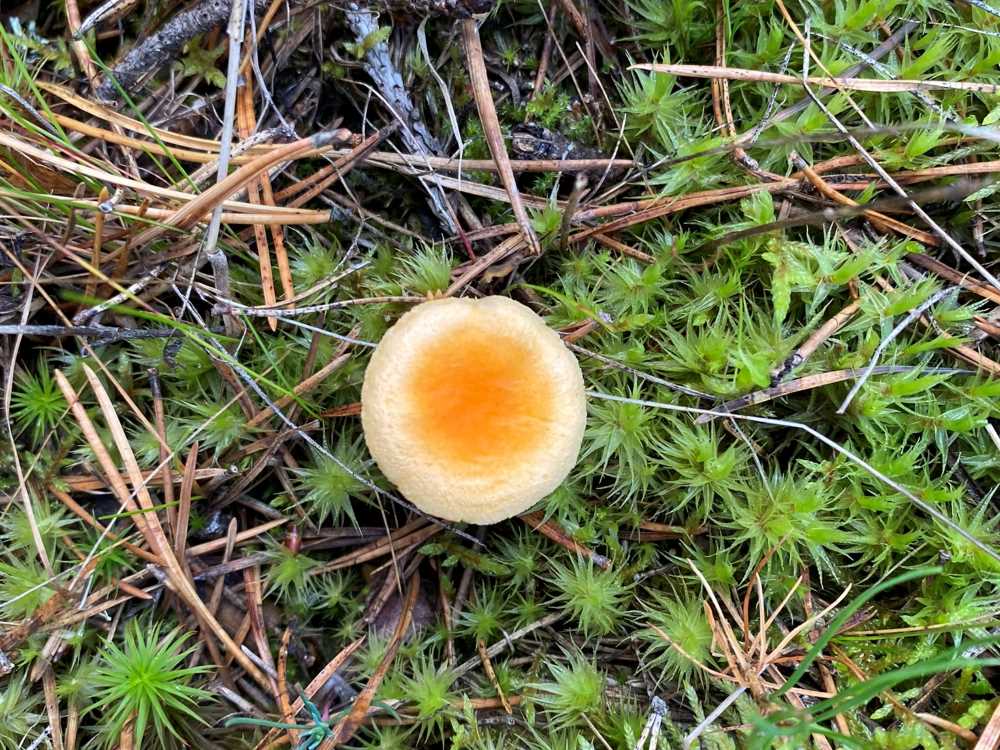
The good news is, false chanterelles won’t kill you. In fact, it is listed as edible mushroom in Finland and some like its milder taste. It can also be used as natural dye to produce orange color.
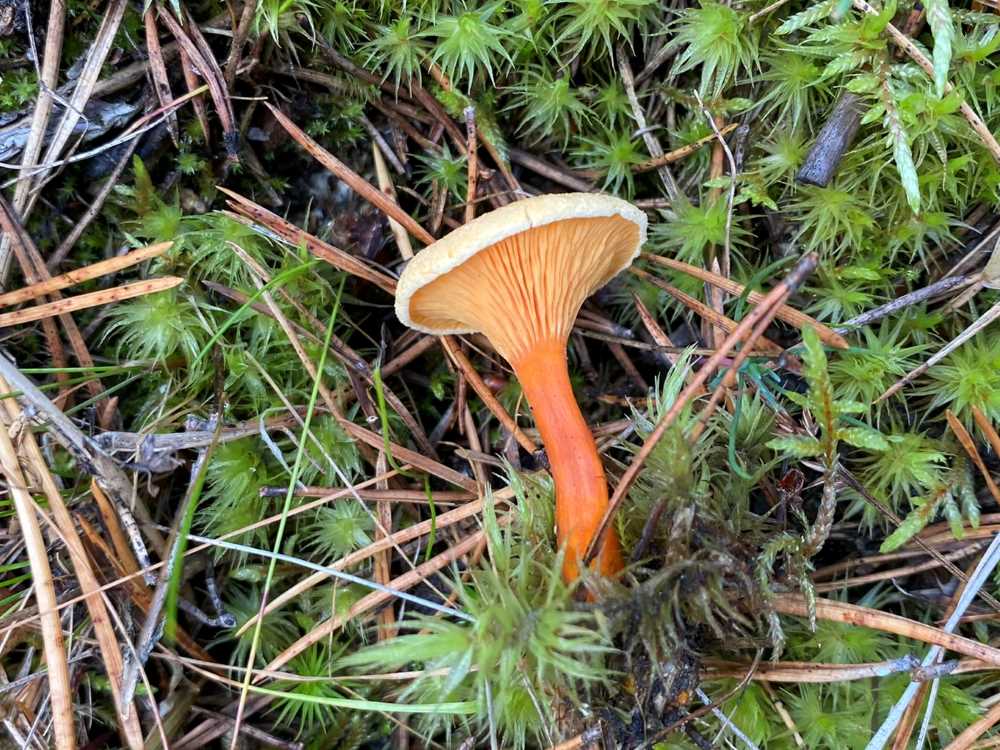
So how to tell chanterelle and false chanterelle apart?
The main distinguishing factors are their shape, color, and the fact that false chanterelles have true gills, while chanterelles have folds. Below is the side-by-side comparison where chantarelle is on the left and false chanterelle on the right. The true chanterelle is more sturdy and uniform yellow, while the false chanterelle is finer and more orange, especially in the middle of the cap and stipe. Some claim the false chanterelle doesn’t grow in groups like the true one, but as you can see from the main image of this post, I have encountered false chanterelle herds many times in the forest.
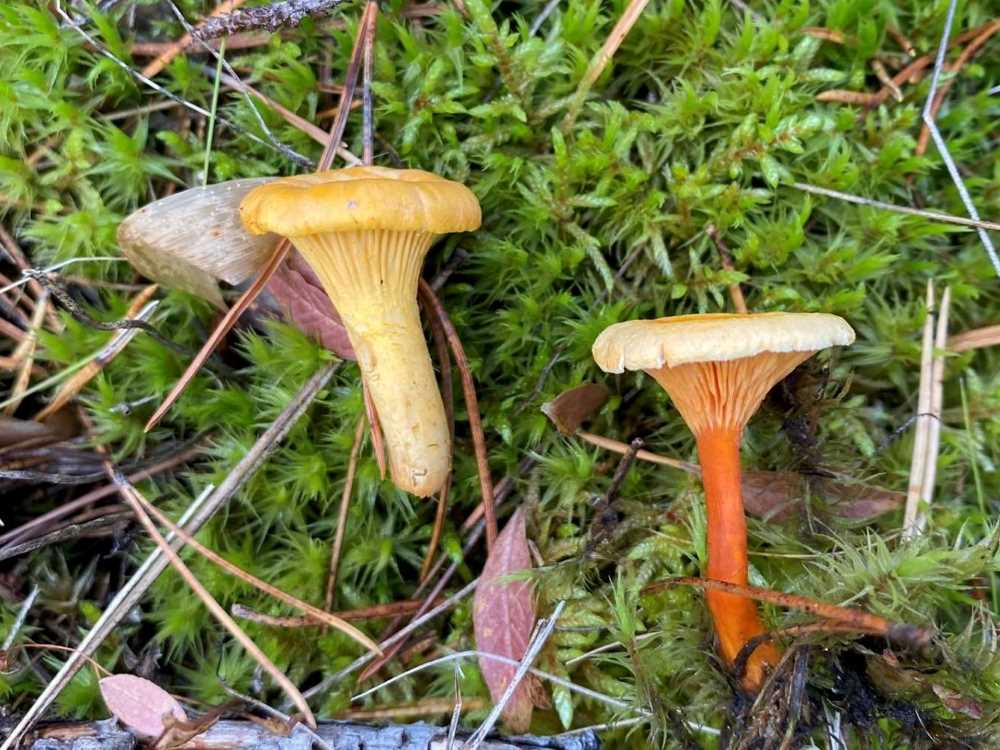
Do you like mushroom foraging? Are chanterelles your thing, or do you also consume false chanterelles?
Read more about mushrooms in Finland
- Foraging for the most common mushrooms in Finland
- How to identify edible boletes in Finland
- What is the difference between true morels and false morels?
- How to identify different milkcaps in Finland
- Colorful brittlegills are a fascinating family of mushrooms
- Cep or bitter bolete? How to tell the difference
- How to dress and what you need for foraging berries or mushrooms
- Watch out for the deadliest mushrooms in Finland
Fun mushroom quizzes
- Out in the Nature Quiz – How well do you know Finnish mushrooms?
- Out in the Nature Quiz – Another fun mushroom quiz
Important reminder: If you are not 100% certain that you know your mushrooms and if you don’t have the knowledge to cook them right, do not eat them. We take no responsibility for damage caused by wrong identification or preparations.
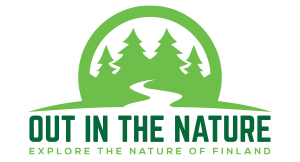
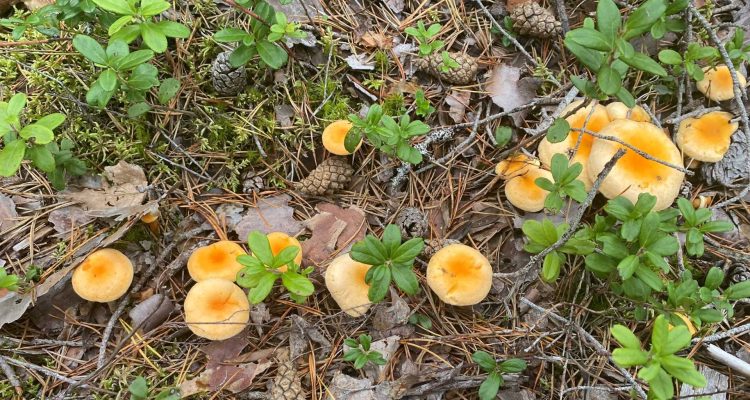
I love to forage! Mushroom especially.